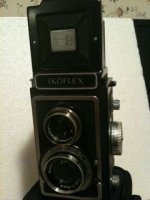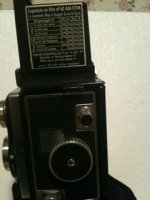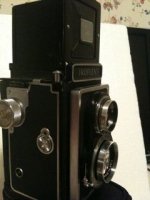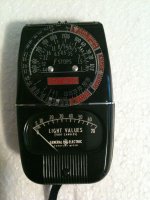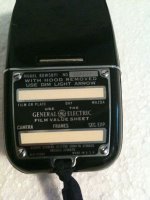JonEdangerousli
Newbie
I have a Zeiss Ikoflex TLR that needs help. It was an eBay purchase a few years ago and recently I shot the first roll of film with it. The processing went ok other than the images are overlapping. The negative has a few images that appear to be exposed about correctly, and then a space of about a foot and a half that didn't expose at all, and then a few frames that are totally overexposed. Does this sound like something that can be fixed? Thanks in advance, J.


